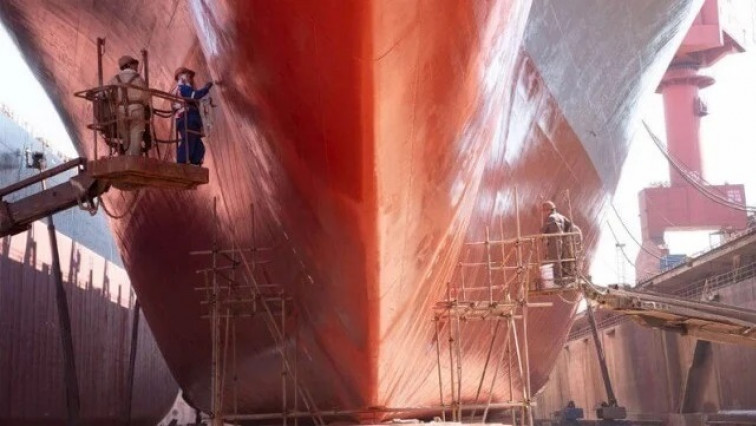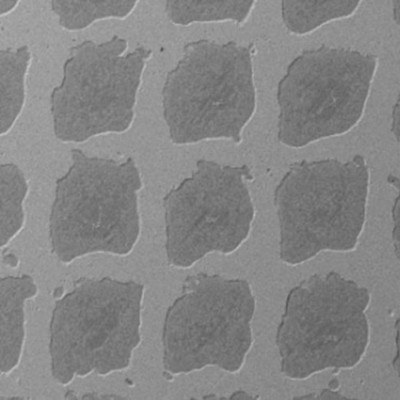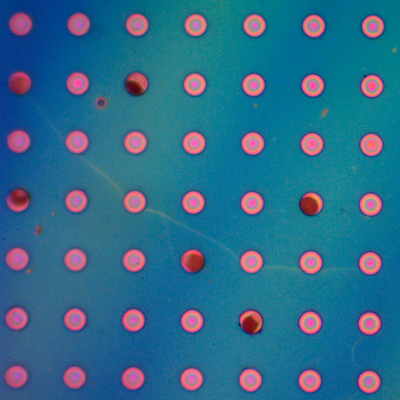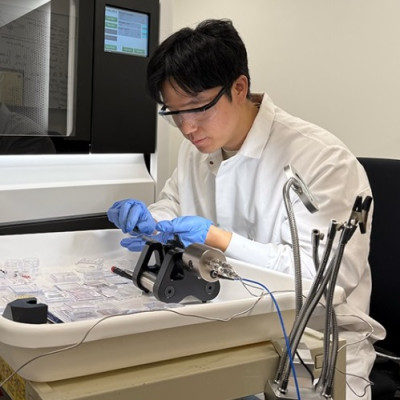These developments are becoming increasingly important as the shipping industry faces the continuing challenge of improving operating efficiency from in-service vessels to meet emerging regulations and standards.
“By replicating the natural surficial film found on the skin of marine life,” Nippon Paint Marine explains its researchers, “have been able to develop coatings that minimize friction, reduce fuel consumption, and lower vessel emissions.” The company published a white paper, “Breathing Life into Science; Creating the Next Generation of Hull Coatings Using Biomimetics,” that explores its efforts dating back to 2001 and its launch of “hydrogel” technology in developing antifouling coatings.
The company highlights that a specialist team from its R&D program, which included experts in polymer science, biochemistry, fluid dynamics, and marine science, studied the natural characteristics of marine life to inform the development of the HydroSmoothXT technology that would be used in its coatings. They highlight natural examples such as the Tokay Gecko, humpback whale, and suckerfish, and this was used to inform the development of new coatings. As part of the biomimetic R&D program, the team members examined the studies on the high-speed swimming capabilities of tuna which they highlighted can reach 100km/h (more than 60 mph).
In collaboration with institutions including Kobe and Osaka Universities, the project team focused on replicating these natural characteristics to aid in the development of specifically designed hydrogels for paints. The scientific theory is that a hull coating could be created that essentially “traps’” a layer of seawater against the surface membrane, which increases the boundary layer around a vessel’s hull and reduces friction.
Nippon Paint Marine reports the antifouling coatings have been applied to more than 5,000 vessels. The white paper includes vessel examples while the company reports the coatings generated fuel and emissions savings of up to 12.3 percent.
The team turned to nanotechnology following 15 years of testing and amassing and analyzing data from vessels operating with the coatings. The first coatings benefiting from the advanced technology were introduced in 2021. The low-friction, self-polishing antifouling coating uses a unique hydrophilic and hydrophobic nanodomain resin structure in the coating film that they report allows more precise polishing control and the enhanced activity of antifouling components. Nanotechnology also substantially improves the time and the film thickness required for the application. As an example, Nippon Paint Marine reports total minimum drying time at drydock for a large containership is reduced by up to 37 percent.
With a speed loss of just 1.2 percent over a 60-month period, Nippon Paint Marine says the coating enhanced with nanotechnology can deliver fuel savings of over 14 percent. This compares to the market average speed loss of 5.9 percent over the same period, assuming the same speed is maintained.
As the industry looks to innovative technologies to help achieve the industry’s decarbonization targets, Nippon Paint Marine says its R&D team is committed to drawing inspiration from the unique characteristics of our natural environment to inform the development of coating technologies that will support customers in their efforts to reduce their carbon emissions.
Read the original article on The Maritime Executive.







